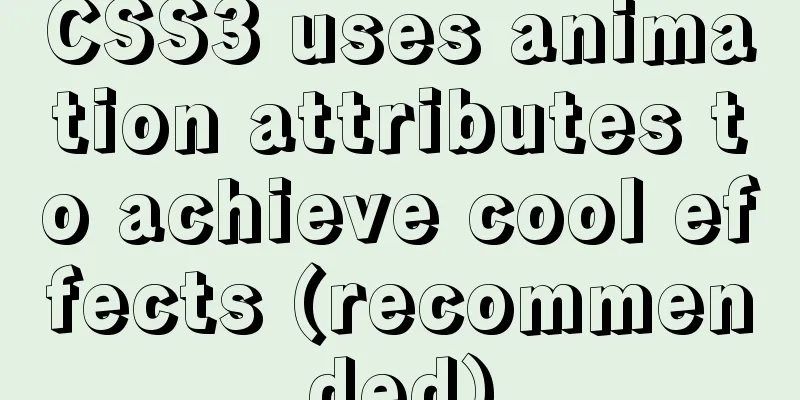How to use CSS pseudo-elements to control the style of several consecutive elements

|
When using CSS pseudo-elements to control elements, you often need to change the styles of some elements. There are many blogs on the Internet that talk about how to control the change of one element, but in the actual writing process, I found that more often I need to control the changes of multiple consecutive elements. Use pseudo elements to control (take :hover as an example). When the mouse stays on A, the styles of BCD... change. A and BCD....are adjacent and of the same level, requiring A to be at the top of BCD
<div class="A"></div>
<div class="B"></div>
<div class="C"></div>
<div class="D"></div>
//The corresponding CSS code of A controlling BCD. A:hover + .B{
background-color: orange;
}
.A:hover + .B+ .C{
background-color: orange;
}
.A:hover + .B+ .C+ .D{
background-color: orange;
}If you move A to another position, the effect will not be achieved; or if you only write the control code at the bottom of the CSS, you can only control the style change of the third element, and multiple elements cannot be changed together. A is BCD....is a father-son relationship
<div class="A">
<div class="B"></div>
<div class="C"></div>
<div class="D"></div>
</div>
//Corresponding CSS code.A:hover .B{
background-color: orange;
}
.A:hover .B+ .C{
background-color: orange;
}
.A:hover .B+ .C+ .D{
background-color: orange;
}The first one is actually very easy to understand, because element+element is to control adjacent elements. Since A and CD are not directly adjacent, I will search one level at a time, first to B, because BC are adjacent, so I can start to control it, and the same goes for D. In the second code, element element is the method by which the parent node controls the child node. A can directly control B. If you need to control C, then find B first. Since BC are adjacent, I will use the method of adjacent element control to control C. The same goes for D. This concludes this article on how to use CSS pseudo-elements to control the styles of several consecutive elements. For more information about CSS pseudo-elements controlling elements, please search previous articles on 123WORDPRESS.COM or continue browsing the related articles below. I hope you will support 123WORDPRESS.COM in the future! |
<<: Two methods to disable form controls in HTML: readonly and disabled
>>: Vue Basics Listener Detailed Explanation
Recommend
How to redirect URL using nginx rewrite
I often need to change nginx configuration at wor...
Detailed explanation of Vuex environment
Table of contents Build Vuex environment Summariz...
Hover zoom effect made with CSS3
Result:Implementation code: html <link href=&#...
How to preview pdf file using pdfjs in vue
Table of contents Preface think Library directory...
How to play local media (video and audio) files using HTML and JavaScript
First of all, for security reasons, JavaScript ca...
Detailed explanation of the basic usage of the img image tag in HTML/XHTML
The image tag is used to display an image in a we...
Mini Program Recording Function Implementation
Preface In the process of developing a mini progr...
Analysis and solution of MySQL connection throwing Authentication Failed error
[Problem description] On the application side, th...
Solutions to the failure and invalidity of opening nginx.pid
Table of contents 1. Problem Description 2. Probl...
Detailed explanation of computed properties in Vue
Table of contents Interpolation Expressions metho...
A brief summary of my experience in writing HTML pages
It has been three or four months since I joined Wo...
Install mysql offline using rpm under centos 6.4
Use the rpm installation package to install mysql...
Viewing and analyzing MySQL execution status
When you feel that there is a problem with MySQL ...
How to build a virtual machine with vagrant+virtualBox
1. Introduction Vagrant is a tool for building an...
Docker memory monitoring and stress testing methods
The Docker container that has been running shows ...









